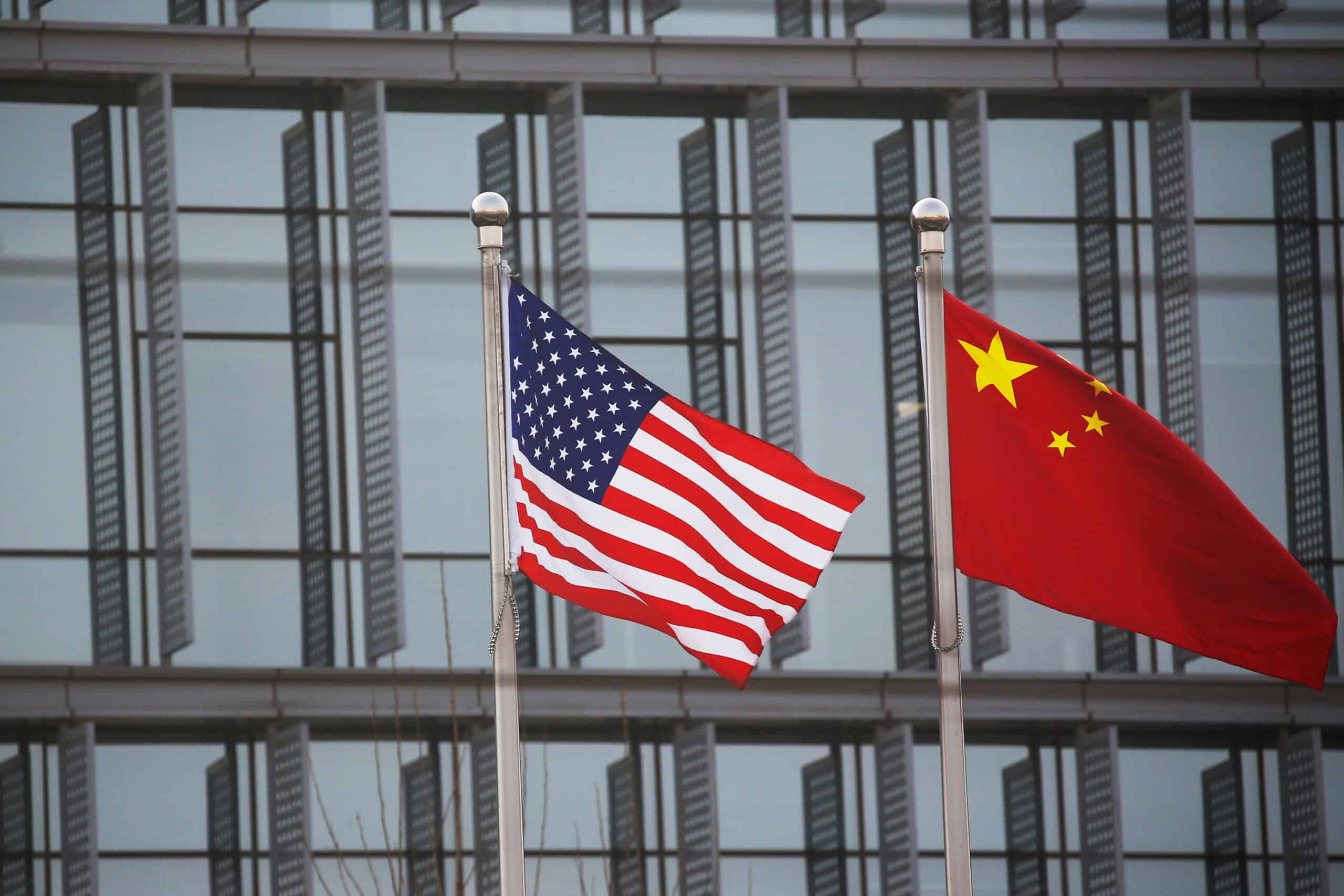According to Katherine Tai of the U.S. Trade Representative, China’s dominance in the rare earths market leaves U.S. supply chains vulnerable.
High-tech items like electric car engines make use of rare earth metals. China has developed its metal processing capabilities over the years, providing it tremendous price leverage in a crucial international market.
“What I want to draw your attention to,” Tai continued, “is not just the vulnerabilities surrounding China’s investments [abroad], but also the fact that China’s current dominant position in the global market for [rare earths] means that it is able to turn on the tap and turn off the tap.”
“And until we are able to access and create additional supply chains, we remain entirely vulnerable to that leverage,” the U.S. trade representative warned. Speaking outside of the B20, the G20’s formal venue for corporate engagement, Tai was in New Delhi, India.
Tai said that roughly ten years ago, China raised rare earths prices to such a high level that some American miners were able to resume operations in the sector, only to be forced to close when China lowered prices.
Prior to the 1980s, the U.S. controlled a large portion of the rare earth metals market. However, lower labour costs abroad and less pressure on environmental norms both contributed to the rare earths business leaving the United States.
“The advantage in terms of China’s dominance isn’t necessarily a natural advantage,” Tai claimed. “It’s not that they have more rare earths, but that they were able to pursue coordinated industrial and trade policies that allowed them to corner the market.”
The Chinese government creates economic plans at least every five years, however some objectives, including increasing technological self-sufficiency and being carbon neutral, are defined years in advance.
The electric car sector has emerged as an example of how Chinese business has been able to grab large market share across the supply chain, including the final product, even though such top-down planning isn’t certain to produce results.
The extent of America’s reliance on Chinese manufacturing was brought to light under the Trump administration, and it increased after the Covid-19 outbreak in 2020 disrupted supply systems around the world. The Biden administration has made multibillion dollar announcements to entice businesses to create and produce vital technology in the United States.
Tai stated on Saturday on CNBC that “where we are in terms of our supply chains right now is not where we want to be.” “We are aware of our vulnerability. We aim to be in a position where we have greater control over our supply chains, more confidence in them, and simply more options.
Tai emphasised that China has a monopoly on the world market for rare earths. She pointed out that China is also the only consumer of Australia’s lithium supply, giving Beijing further market sway.
Although lithium is a crucial part of electric vehicle batteries, it is not one of the 17 metals that are classified as rare earths in science.
Government representatives from the United States and Europe have discussed de-risking this year, or lowering the degree of dependence on China alone. Chinese Premier Li Qiang claimed that de-risking is a misleading idea since international economic interests are so intertwined in a speech to business leaders in June.
The United States and China negotiated a “phase one” trade agreement just before the epidemic started, which required China to increase its purchases of American goods in order to make up for the enormous trade deficit between the two countries.
Tai responded that the U.S. is still looking at China’s shortcomings in fulfilling those purchase targets when asked about the agreement’s status on Saturday.
She added that the level of “imbalanced” commerce between the United States and China is another factor in this conversation.
According to official U.S. figures, the trade gap with China increased by 8.3% to $382.9 billion in 2022.
As high-level American official visits to China have resumed this summer after a hiatus, U.S. Secretary of Commerce Gina Raimondo is scheduled to visit the nation from Sunday to Wednesday.
Over the past few years, tensions between the U.S. and China have risen, beginning with trade and spreading to technology and finance.
India has seen a rise in the number of enterprises looking there for chances as relations with the United States have improved.
Tai also met with India’s Minister of Commerce and Industry, Piyush Goyal, on Saturday. According to a press release, Tai expressed concerns about India’s import licence requirements for tech equipment.
According to Tai, “the stars are truly aligning between the United States and India, and that applies to all areas of policy.” She said the couple was “experiencing new heights” in their relationship.
The possibility of collaborating more with India in her field of economics and commerce, she claimed, has always existed, but “we just couldn’t” do it before.

